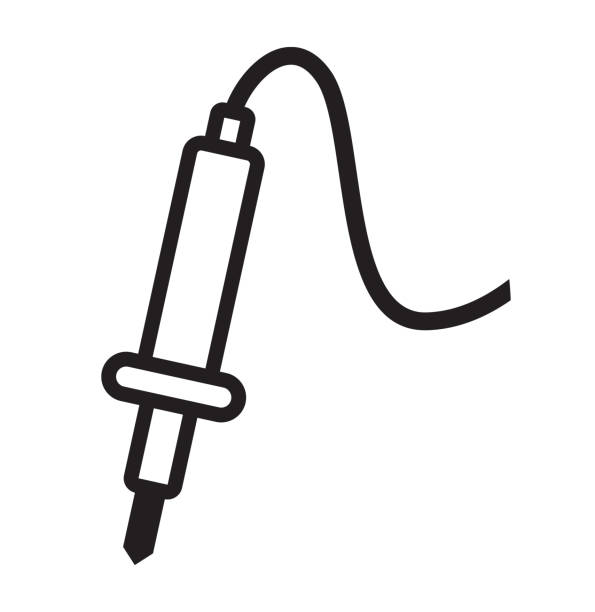
I am trying to understand how the coordinates end up in the system. https://www.rwardrup.com/dynamically-mapping-amateur-radio-packet-stations/ suggests that it is an automated process by scanning the system. So, the coordinates must be collected from resources already publicly available, right?
But then I also found https://form.jotform.com/210773558931159 which seems to be a form to manually submit data where coordinates have to be added.
As a general rule: if the information is accessible just by decoding packages sent over the air, then there is no need to add a jitter (assuming some sort of metadata managed by the node owner). If this is not the case, then I see two options:
- Consent by the operator of the node: show real data.
- No consent: a jitter is in order.

It all is a matter of equipment.
With a NanoVNA, you are limited by the number of data points the the sampling rate those points are read. While using an NanoVNA, it, indeed, is touchy and time consuming. While using an oscilloscope with a tracking generator, you see the results instantly and tuning is a breeze.
Also the dynamic range makes a huge difference. You have a hard time if your signal drops into the devices noise level when locking for a minimum. I am lucky to know people with the right equipment.